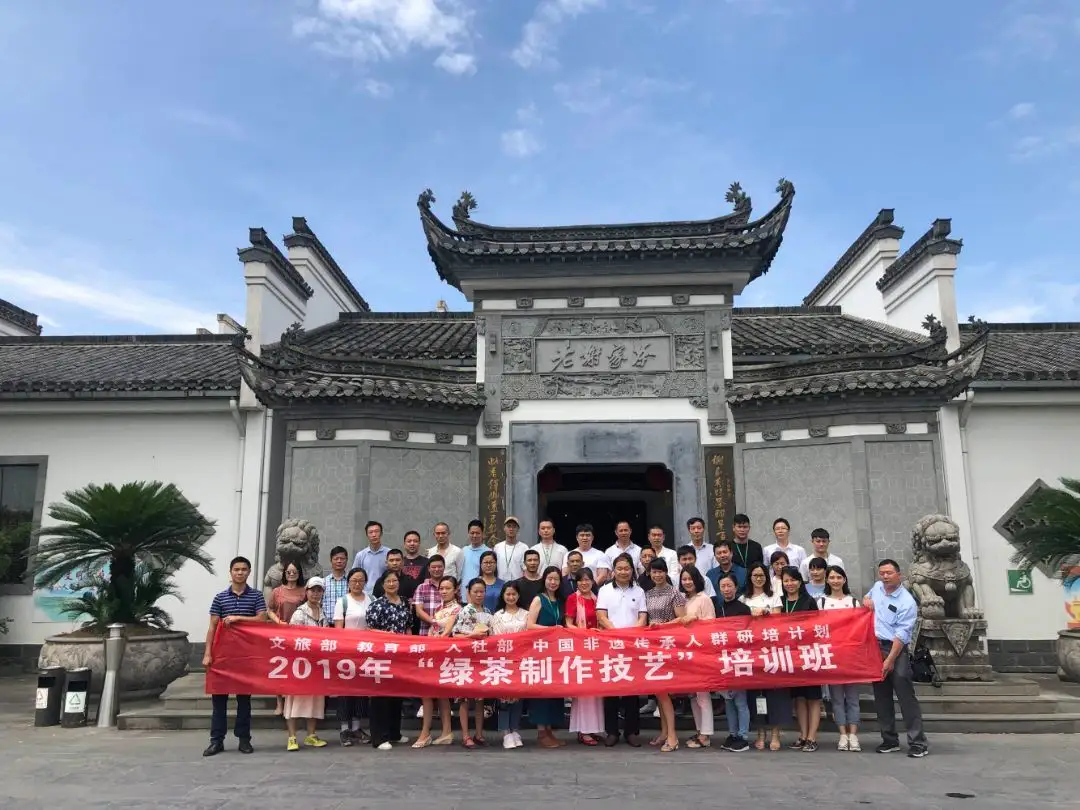
Laoxiejia Tea Cultural Museum in Huangshan
Laoxiejia Tea Cultural Museum, located in Huangshan City, Anhui Province, China, is a prominent destination celebrating the rich cultural heritage and traditions associated with tea. Here’s an overview of this museum:
Location and Establishment
- Location: The museum is situated in Huangshan City, known for its scenic beauty and tea cultivation in the southern part of Anhui Province, China.
- Establishment: The Laoxiejia Tea Cultural Museum was established to preserve and promote the history, craftsmanship, and cultural significance of tea in the region. It serves as a hub for education, research, and tourism related to tea culture.
Museum Features
- Exhibitions: The museum features various exhibitions that showcase the history of tea production in Huangshan, including the cultivation techniques, processing methods, and cultural practices associated with tea.
- Cultural Artifacts: Visitors can explore a collection of cultural artifacts related to tea, such as ancient tea utensils, traditional tea sets, historical documents, and artworks depicting tea culture through the ages.
- Educational Programs: The museum offers educational programs and workshops to teach visitors about tea brewing techniques, the art of tea appreciation, and the health benefits associated with different types of tea.
- Interactive Experiences: There are often interactive experiences available, such as tea tasting sessions where visitors can sample local teas and learn about their unique flavors and characteristics.
Significance
- Promotion of Tea Culture: The museum plays a crucial role in promoting awareness and appreciation of tea culture not only locally but also among national and international visitors interested in Chinese tea traditions.
- Tourism Attraction: It serves as a key tourist attraction in Huangshan City, attracting tea enthusiasts, historians, researchers, and tourists who wish to delve into the world of tea and its profound impact on Chinese society.
- Cultural Heritage: By preserving and showcasing the historical and cultural aspects of tea, the museum contributes to the safeguarding of intangible cultural heritage associated with tea production and consumption.
Conclusion
The Laoxiejia Tea Cultural Museum in Huangshan City stands as a testament to the enduring legacy of tea in Chinese culture. Through its exhibitions, artifacts, educational programs, and interactive experiences, the museum offers visitors a comprehensive journey into the world of tea, highlighting its significance in local traditions and global appreciation.

















